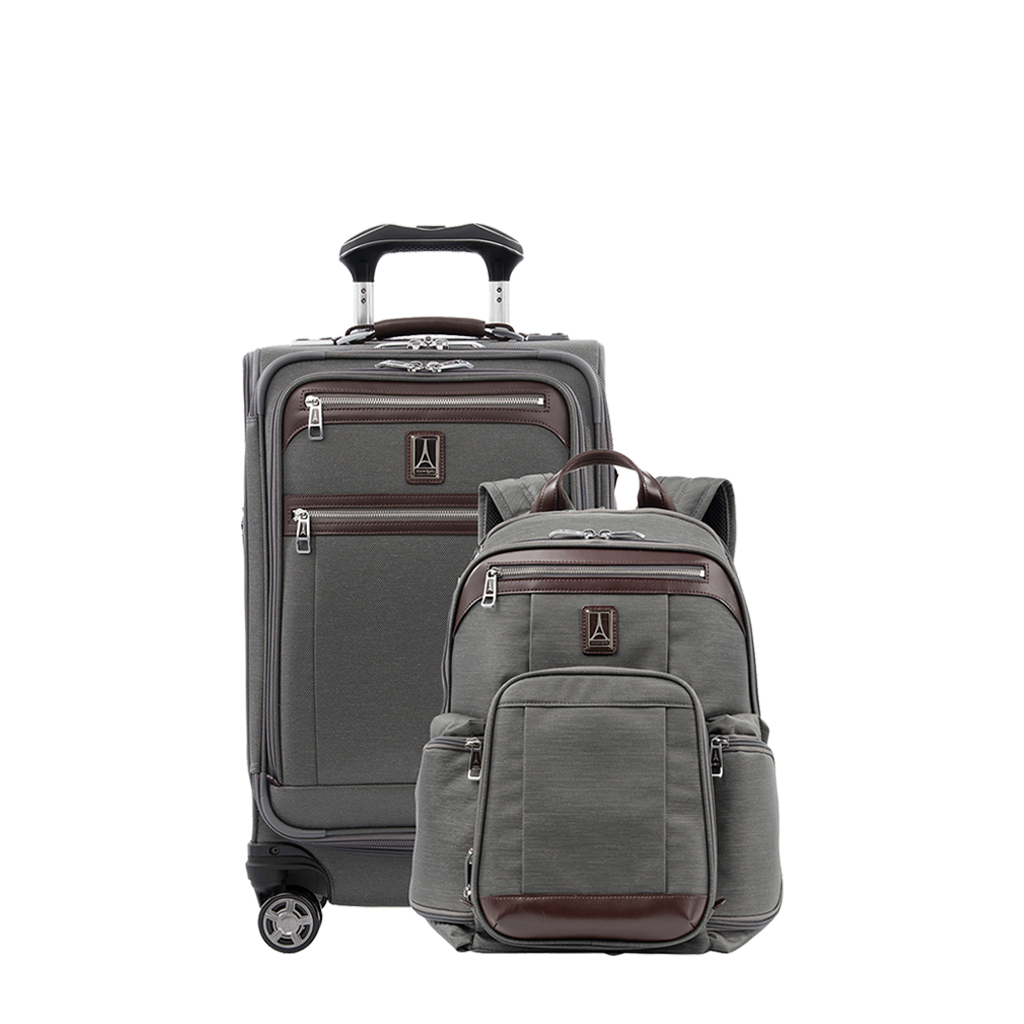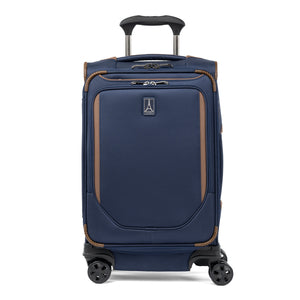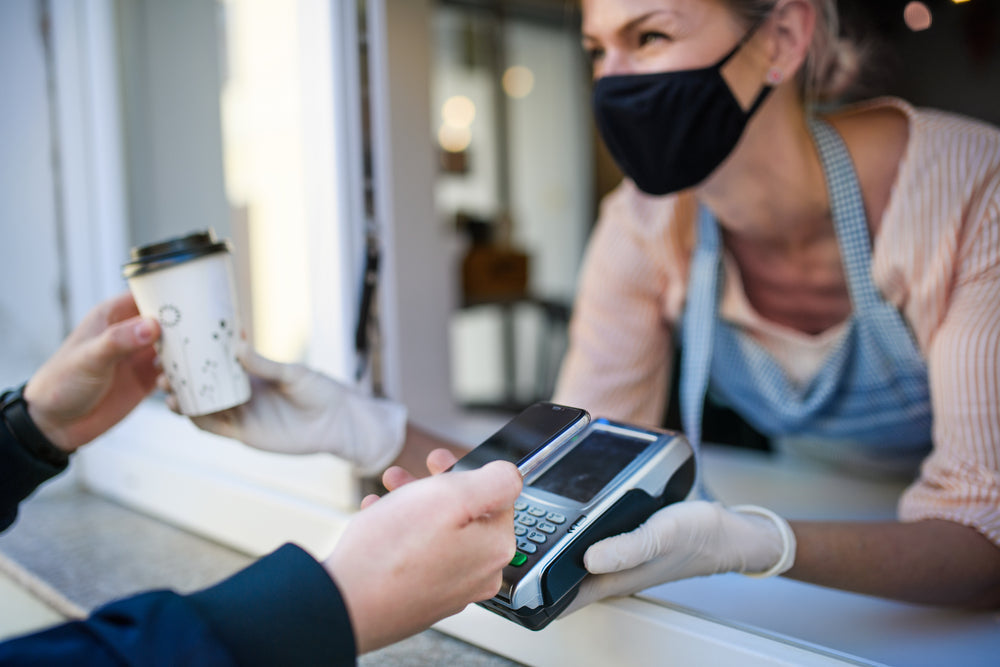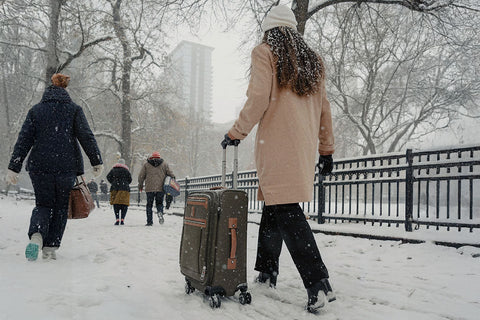In recent years, contactless payment options have made their way into stores and businesses around the world. Whether it’s tapping your chip-enabled credit card on a payment machine or even tapping your phone and using Apple Pay or Google Pay, the payment landscape is becoming touchless.
And with the months-long pandemic making everyone extra cautious, companies are relying more heavily on contactless payment options than ever before.
Travel providers have stocked airports and hotels with contactless payment technology in order to get travellers to safely use their services. Business executives have voiced their concerns for cleanliness and safety measures to assure that their travellers will be safe from COVID, and the travel providers have listened and are following suit.
There are a few different technologies available for travellers to use in order to avoid touching public keyboards and screens.
CHIP CARDS AND RFID TAGS
Credit card companies have already adopted the use of near-field communication (NFC) technology. NFC allows for a physical card to be waved over a receiver to fulfill a transaction. (We discussed this technology recently on our blog post about RFID wallets.)
NFC is also how your mobile phone is able to register payments when you check out of certain stores. You can use Apple Pay, Google Pay, or even a store-specific mobile app. Fast food restaurants like McDonald’s, Burger King, and Chick-fil-A let you pay for your meal with their mobile app.
PREPAY OPTIONS
Travel agencies have been using merchant applications for travellers to prepay for their flights and hotels. You can prepay for your airline ticket when you make your reservation, and you can just use the mobile boarding pass so you never have to touch anything in the airport.
You can also use your credit card when you make hotel reservations. When you check-in, they’ll ask you if you want to just use the one you had on file to make a payment. They still ask to make an imprint of a card for “incidentals,”but some are even skipping that step, as well as the check-in, and letting you check in via your mobile phone and go straight to your room. You can even unlock your room door with your phone..
VISIT CASHLESS COUNTRIES
Different countries are adopting technology in different ways and at different speeds. Even before the pandemic, some countries were actually going cashless, encouraging residents and visitors to use credit and debit cards (and the corresponding technology) whenever possible.
For example, Sweden has already begun the process ofgoing cashless with 80 percent of their population using some sort of non-cash payment form. And theAustralian Broadcasting Corporation has reported that their country could go cashless in two years.
For travellers, this will mean there’s a need to adjust to cashless travel eventually, especially if you’re travelling to these countries, or even some cities in China.
But it’s not that hard, since most travellers use credit cards and debit cards anyway. It’s also advisable because you don’t have to worry about the exchange rate: you’ll get a much better exchange rate through your own bank than you will at an airport money exchanger.
CONTACTLESS PAYMENTS WILL MAKE BUSINESS TRAVEL EASIER
Contactless payments and cashless payments are even making the expensing process a lot easier. For one thing, accounting departments will no longer have to deal with cash and receipts. It will be possible for travellers to use their favourite app to track their spending, feed their credit and debit card transactions right into the app, and even take photos of their receipts, only to transfer it all to the appropriate accounting person in the company.
Have you tried contactless payments? What did you think? Is it easier or harder to pay this way, and what do you think it could do to your travel? Share your thoughts with uson our Facebook page, oron our Twitter stream. You can also find us on ourInstagram page at @TravelproIntl.





